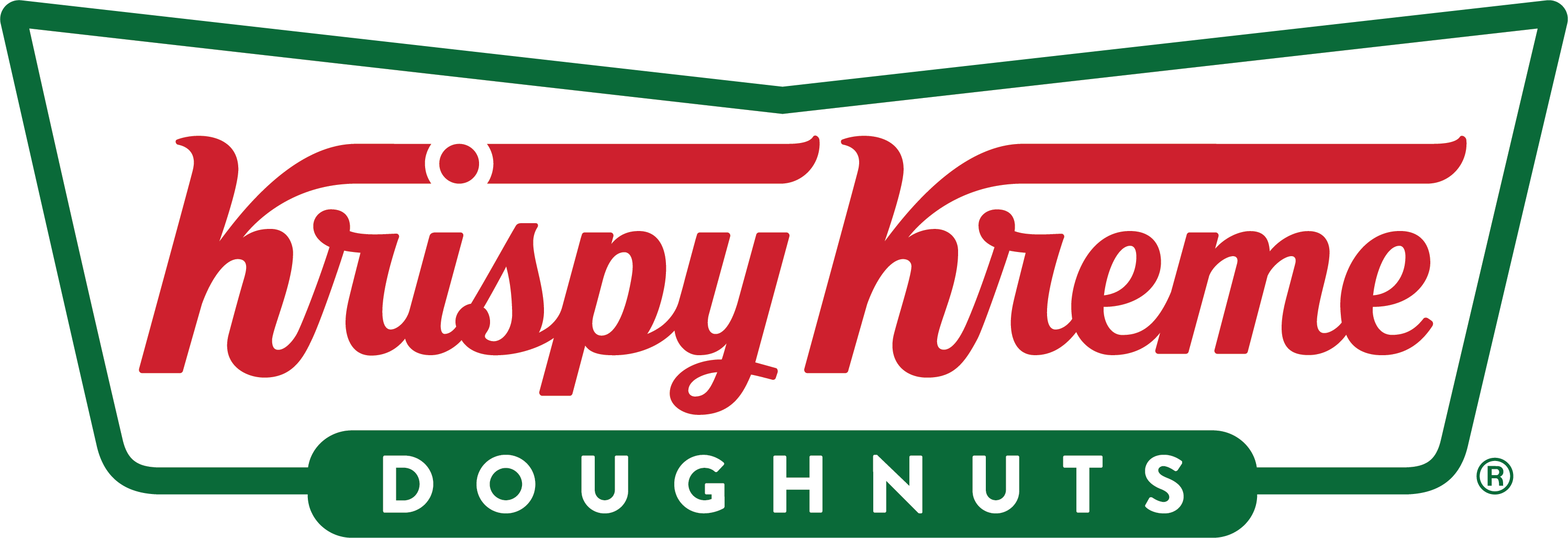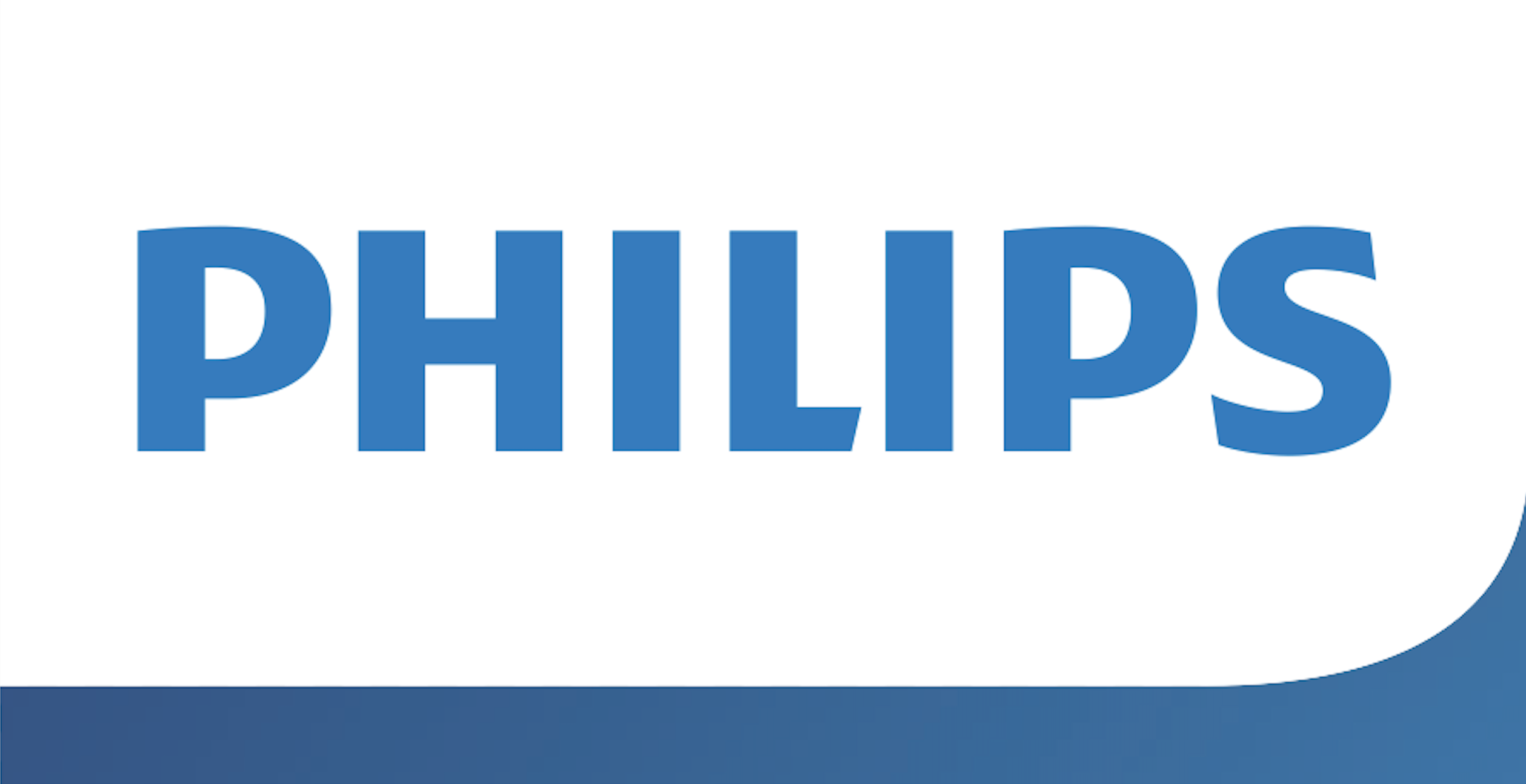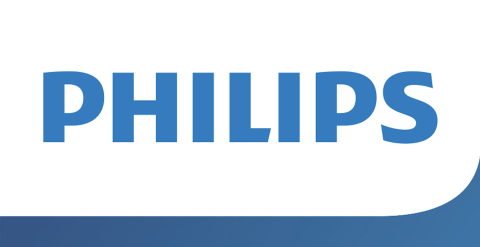Domino’s delivers company communications faster and more effectively with Smartsheet
Domino’s must share timely updates and alerts with both its corporate employee base and its network of franchise owners. Smartsheet helps Domino’s ensure all those messages arrive on time.

"We use Smartsheet to bring people together as a cross-functional team."
Director of Internal Communications, Domino’s
Delivering a hot, delicious pizza takes more than a perfectly cooked crust and a skilled driver. Domino’s has become an industry leader by pioneering technology to streamline kitchen processes and simplify online ordering and delivery tracking across more than 86 global markets. As new technologies and processes are rolled out, Domino’s must share timely updates and alerts with both its corporate employee base and its network of franchise owners. Smartsheet helps Domino’s ensure all those messages arrive on time, when and where they’re needed.
“We use Smartsheet to bring people together as a cross-functional team,” says Stacie Barrett, director of internal communications at Domino’s. “We use it as a conversation starter for people who are all earnestly working hard on the right things, but may not be aware of the other things people are doing. When we create that awareness, we also create efficiencies — not just in my department but in other parts of the business — so that we’re not duplicating effort and we’re being thoughtful about when and how we communicate, and we can work faster.”
Streamlining communication to reduce information overload
The internal communications team at Domino’s manages several communications vehicles to share key updates on new technology, new programs, and changes to existing processes and offerings. These include regular newsletters for the corporate team and for franchisees, as well as one-time emails for major announcements. The team also organizes the Domino’s Worldwide Rally, an in-person event that brings together over 9,000 people every two years. Sharing so much information created a degree of overload that was making people less informed, not more.
“Before Smartsheet, we had lots of people communicating to lots of people, in lots of different ways,” Barrett says. “Everyone thought their message was the most important message, and that the best way to get their message out was to send a separate communication. People were getting lots of repetitive information and missing what was most important.”
Barrett knew that her team needed a more strategic approach. Smartsheet was the platform that made it possible. Today the internal communications team enters newsletter topics and stand-alone announcements into a content calendar, which lets them plan several months out. As new topics are added, the team can see whether certain dates are getting too crowded, collaborating with content owners to reschedule announcements if necessary.
Worldwide Rally planning is done through Smartsheet as well. Barrett’s team can track the status and ownership of all tasks. If someone takes a vacation, it’s easy for colleagues to cover their work because the requirements and deadlines are clearly laid out. Automated alerts let task owners know when a deadline is approaching or a task is overdue, so colleagues and managers can help resolve problems.
“With Smartsheet, I have a calendar of communication that goes months out,” Barrett says. “I’m able to have different people enter, update, and keep that information in play. The same thing holds true with our worldwide rally. I have a large cross-functional team with a lot of interdependencies, so by creating more transparency around what needs to get done and who needs to do it, we can all work together to solve problems and get things done faster.”
Increased read rates show that less really is more
Smartsheet dramatically improved the way Barrett’s team communicates across the company. The team’s newsletters used to have a read rate of just 4%; today, with streamlined messaging and better strategic planning, the read rate has reached 100%.
“People thought that their message wasn’t going out, but really it was going out six different times,” Barrett says. “People were tired of getting the same message over and over again, so they stopped reading it, assuming they already knew the information. Using Smartsheet allowed us to create a smarter, more holistic communications plan and reduce repetition in the same vehicle.”
Accomplishing more in the same amount of time
By making its processes more strategic and streamlined, the team has expanded its capabilities. Barrett says her team used to collaborate regularly with four teams and now works with eight, without having to spend additional time or increase headcount. And while Barrett insists she is “not an IT person,” she’s been able to set up all the sheets and alerts herself, without relying on IT colleagues to take time away from bigger companywide technology initiatives.
Barrett says her colleagues also find Smartsheet easy to learn and use; one of her biggest challenges is keeping up with requests for new licenses. The more people discover how Smartsheet can simplify and automate their workload, the more they want to use it.
If you’re working in a cross-functional team and need automation and controls, but you don’t have budget for that kind of level of IT support, Smartsheet is an easy-to-get-started solution that really works,” Barrett says. “We have better visibility, better transparency, and better collaboration, and we have it all with Smartsheet.”
For more information about this story, please see our case study.








